German to English image translations present unique challenges, often involving complex texts and cultural nuances. This blog post explores common pain points in the translation process, effective strategies to overcome them, and highlights the best tools available for accurate and efficient translation. Our insights will guide you through the nuances of translating visual media, ensuring your content resonates with an English-speaking audience while retaining the essence of the original German message. Continuing reading to learn more about how you can start translating today.
Part 1. Common Challenges with German to English Image Translations
Translating image content from German to English presents numerous challenges. Key issues include:
- Contextual uncertainty, where the context needed for accurate translation is often missing in images.
- Cultural specifics, like idioms and references, may not have direct English equivalents, risking misinterpretation.
- The process relies heavily on optical character recognition (OCR) technology, which can struggle with image quality, font styles, and layouts.
- Specialized knowledge is required to accurately translate technical terms, while colloquialisms and slang can be difficult due to regional variations.
- The variety of German dialects further complicates translation, as phrases common in one region may be unfamiliar elsewhere.
- Image quality, such as poor resolution and obscured text, can negatively impact translation accuracy.
- Grammatical differences and uncommon typography challenge OCR accuracy.
Manual translation is labor-intensive, making automated tools necessary, though they may lack precision. Recognizing these challenges is crucial for improving translation practices and facilitating better communication across language barriers.
Part 2. How to Translate German to English on Images without Compromising The Original Meaning of the Image
While the challenges of translating image German to English are significant, there is an effective tool that addresses these issues: UPDF. This innovative software is designed to tackle the complexities of image translation, making the process seamless and accurate. UPDF's advanced OCR and AI translation features are tailored to overcome the hurdles we've discussed, from contextual ambiguity to dialectal variations. Let's download UPDF and explore how it can be your go-to solution for these translation needs.
Windows • macOS • iOS • Android 100% secure
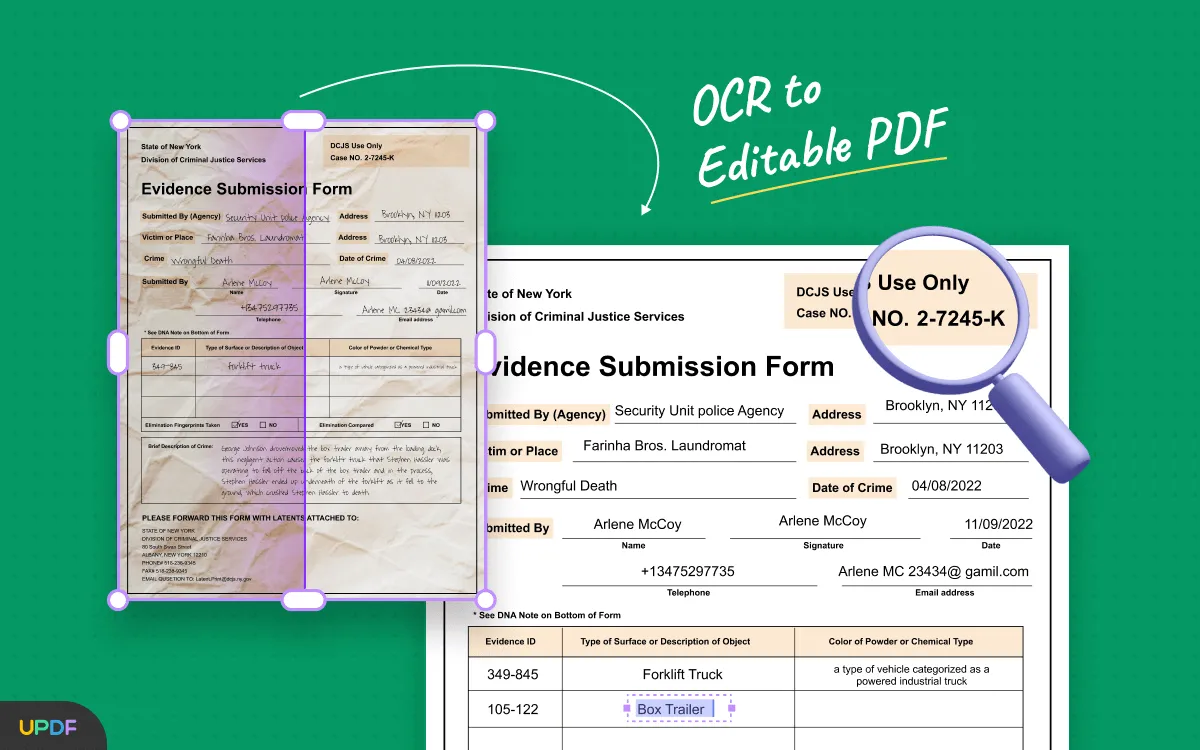
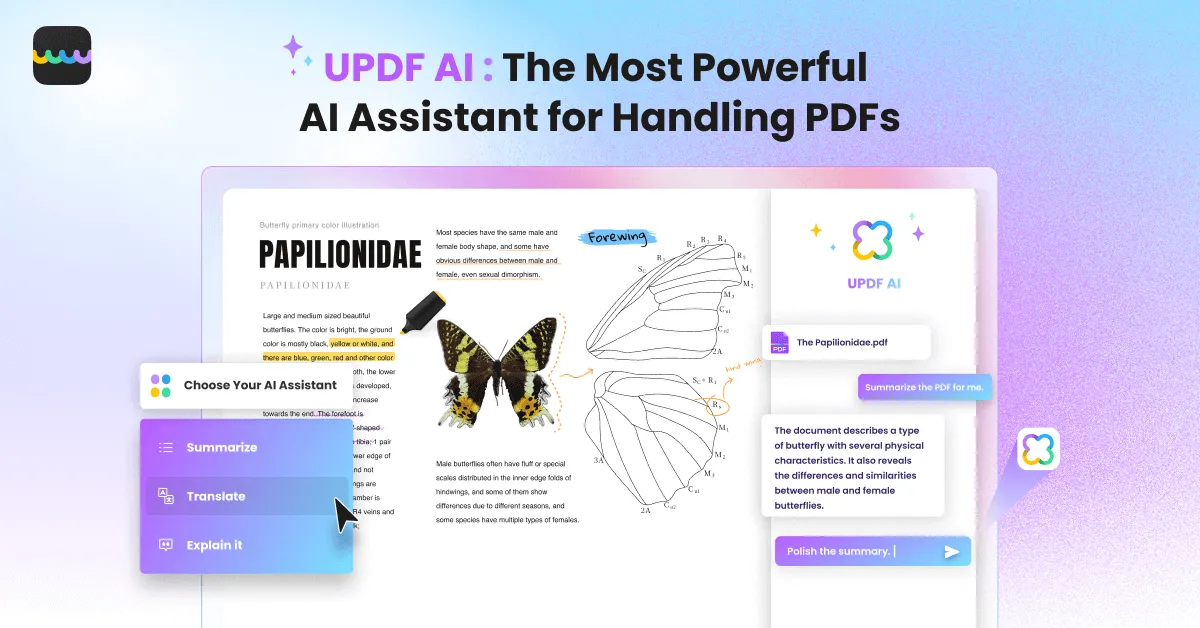
UPDF offers an intuitive and efficient way to translate images from German to English. Here's a simple guide on how to use UPDF for this purpose:
- Open UPDF on your Windows or Mac computer. Go to File > Create > PDF from Image to upload the image for translation.
- Choose the "OCR" feature in the right sidebar and set your preferences in the prompt window. You should choose the document language as "Germany" and choose "Searchable PDF". Then, initiate the OCR process by clicking "Perform OCR".
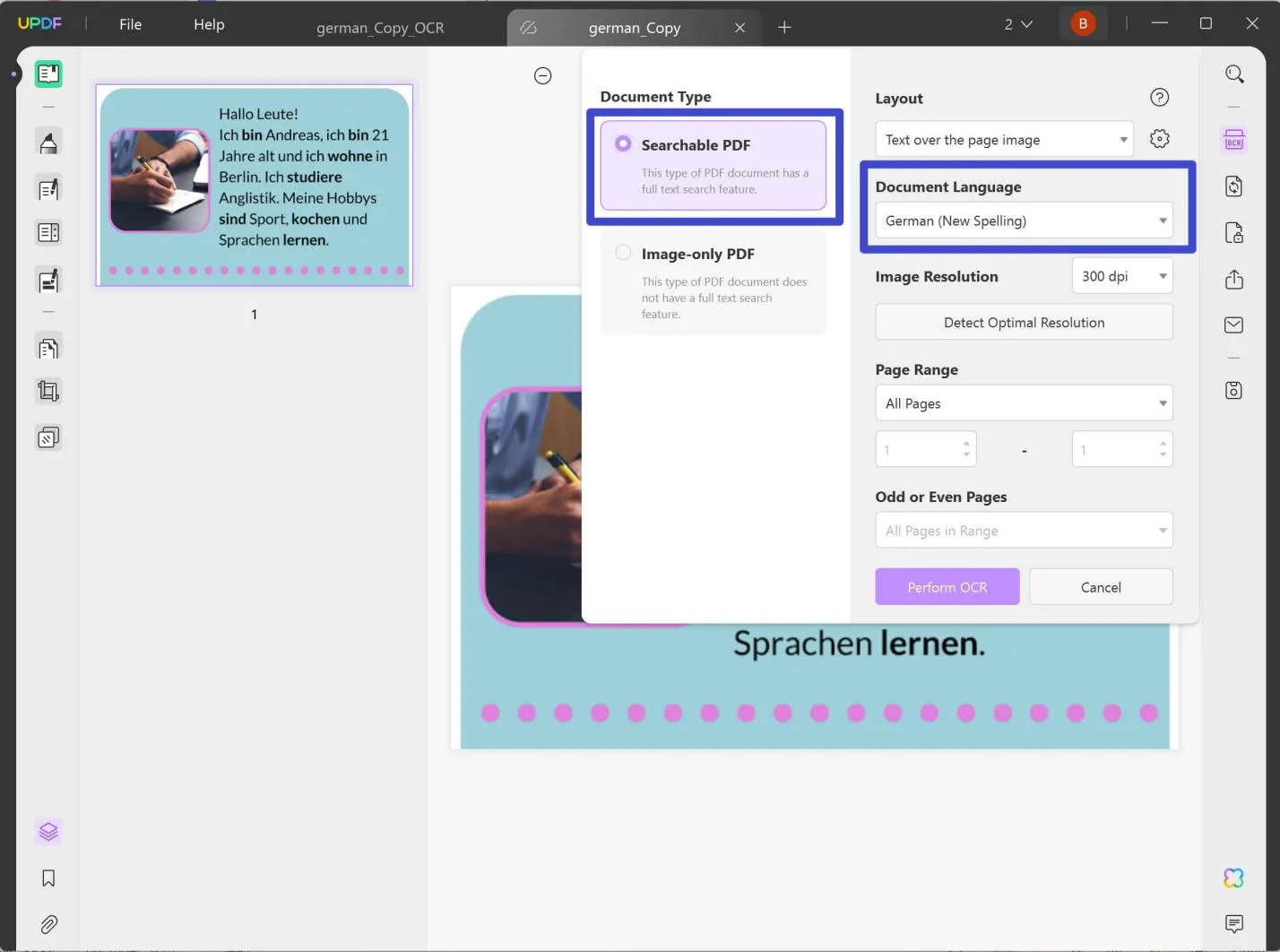
- Once the OCR is complete, UPDF will automatically open the document for you. Select the text you need to translate, then select UPDF AI > Translate > English to convert the selected German text into English.
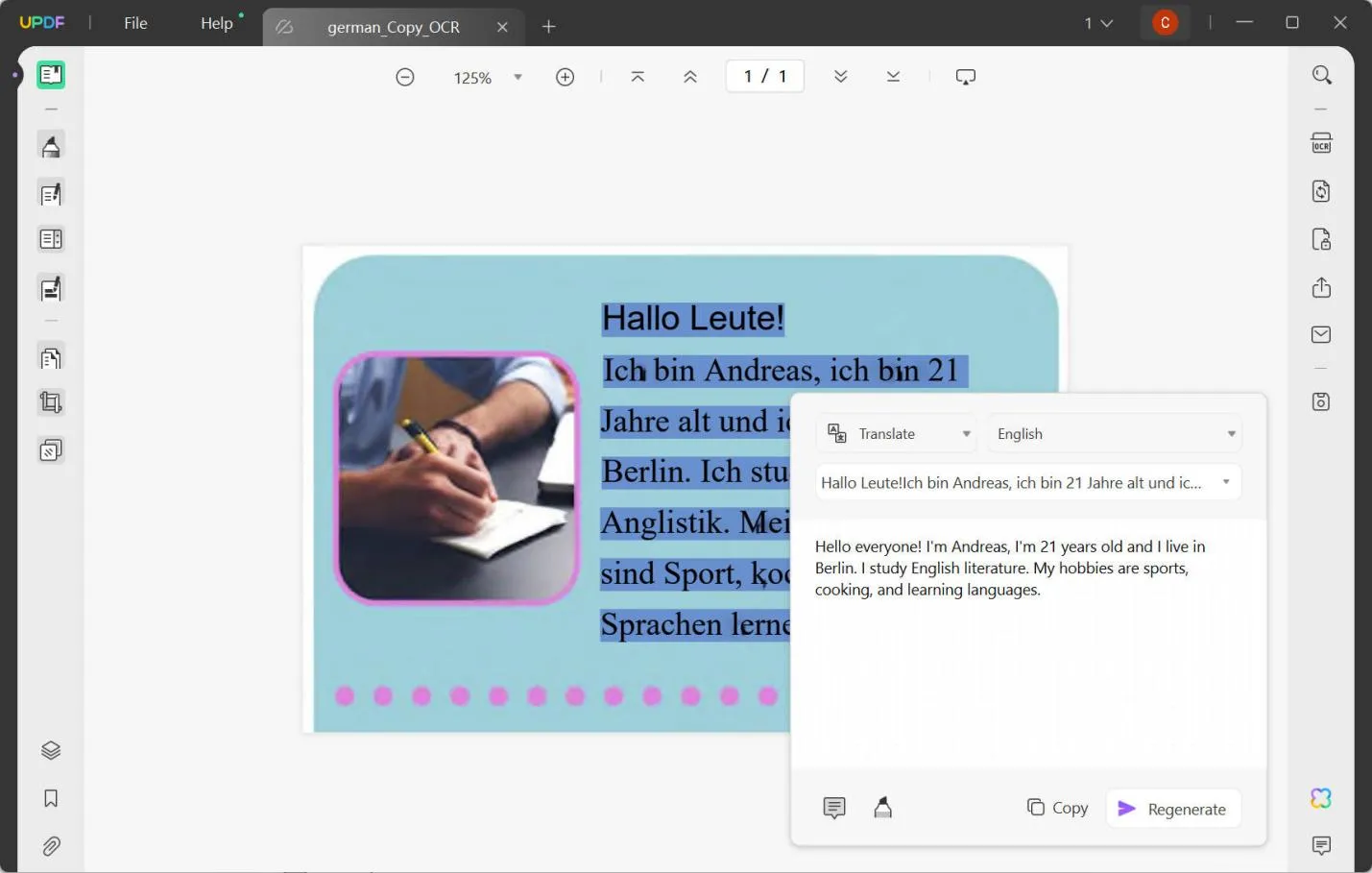
You can also translate it to any other language if you want, such as Finnish, Japanese, Korean, and more.
Alternatively, if you want to generate a new image with the translated text on it, you can utilize UPDF's new translation feature after performing OCR.
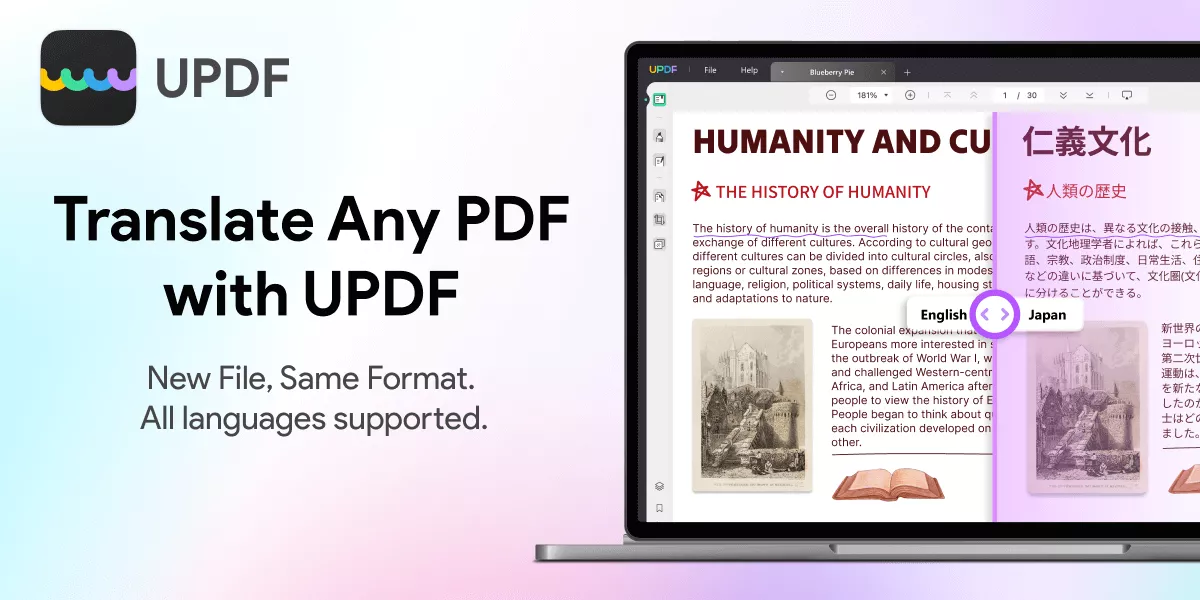
UPDF's OCR and translation feature stands out for its:
- High Accuracy: The OCR technology precisely recognizes text, even with varied fonts and styles.
- Efficient Translation: Seamlessly translates complex phrases and terms, respecting cultural nuances and dialects.
- User-Friendly Interface: Made for ease of use, making the translation process straightforward.
- Versatility: Capable of handling various image qualities and formats.
Download UPDF today to experience a hassle-free way to translate image German to English. Say goodbye to the struggles of image translation and embrace the efficiency UPDF offers.
Windows • macOS • iOS • Android 100% secure
UPDF is more than just an OCR and translation tool. To discover its full range of capabilities, including editing PDFs, annotation, and more, continue reading in Part 4 of our guide. Don't miss out on the full potential of UPDF – explore it now.
Part 3. Are There Alternative Tools to Translate German Images to English with High Accuracy?
While UPDF stands out for its specialized features in translating image German to English, there are other tools available, like Google Translate or Yandex Translate. However, each of these alternatives comes with its own set of limitations. Understanding these drawbacks and limitations can help users make better decisions when choosing the right tool for their translation needs.
Limitations of Alternative Translation Tools:
- Translation Accuracy: Translation platforms may falter with intricate phrases, idioms, or context-specific expressions, resulting in overly literal translations or those lacking in depth of the original message.
- Context Misunderstandings: Absent a grasp of the specific context, these platforms might misinterpret words with several meanings, producing unclear or incorrect translations.
- OCR Technology Constraints: Though capable of text recognition in images, the OCR functionality of these tools often falls short of that offered by dedicated software, leading to inaccuracies with non-standard fonts or poor-quality pictures.
- Image Format and Size Restrictions: Certain translation tools impose limits on the image formats and sizes they accept, posing challenges for users with varied requirements.
Below are a few alternative tools to help with image translations and how to use them:
1.Translating with GroupDocs:
- Prepare the image for translation by ensuring you use the highest quality in a compatible format.
- Go to the translation section on GroupDocs and click the option to upload an image.
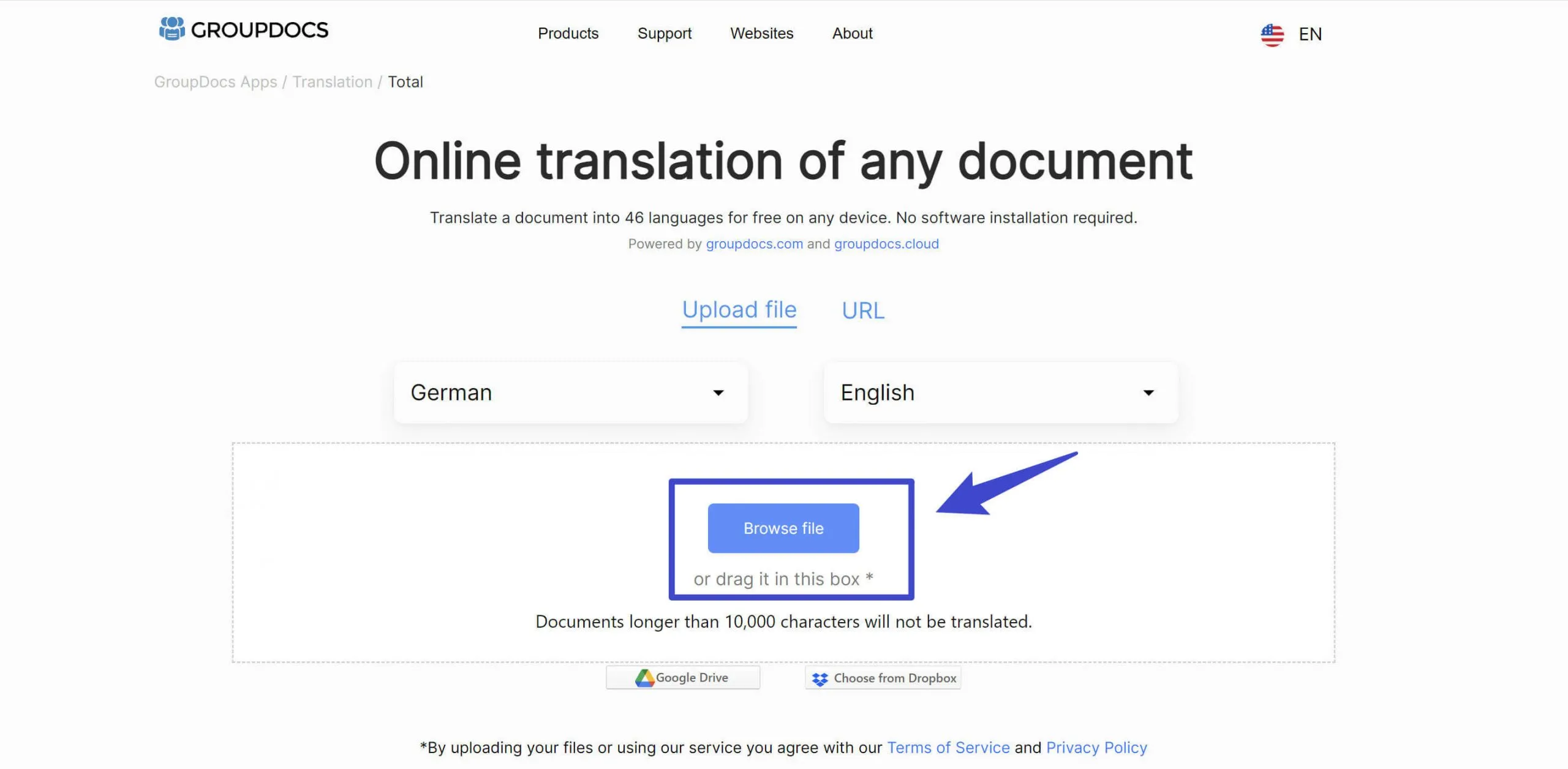
- Once uploaded, select the OCR feature and specify that the text is German. GroupDocs will then scan the image and extract German texts.
- After the OCR process, go to the translation feature. Select the text and choose English as the desired language to translate to. Activate the translation.
- Review the translated text, keep an eye out for for nuanced phrases or specialized terminology.
- Export or Save the translated text.
2.Translating with Yandex Translate:
- On the Yandex website, select "Translate from German to English".
- Select the "Image" icon to upload your German text image.
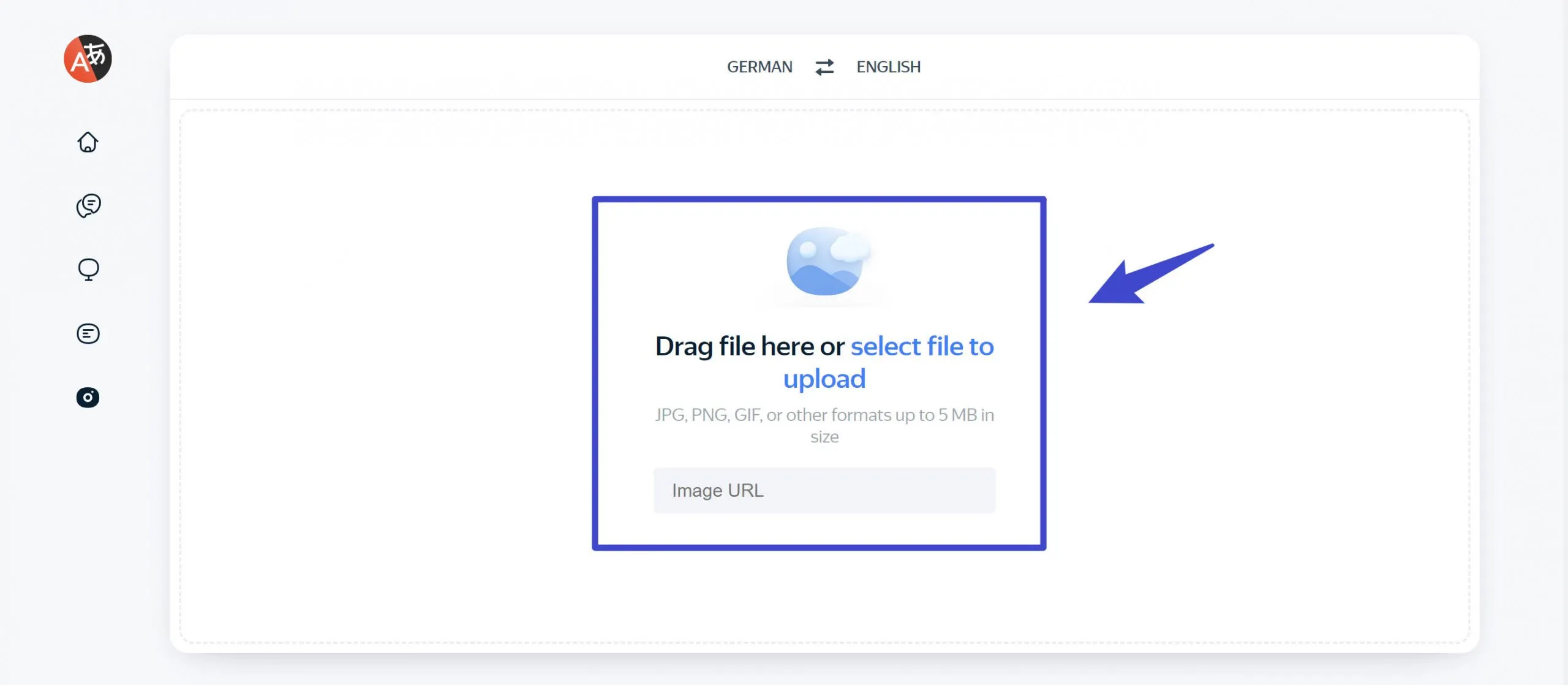
- Once the image is uploaded, Yandex will automatically detect and translate the text to English.
- Review the translated text displayed on the screen.
- If necessary, make manual edits to refine the translation.
- Use the options provided to copy, download, or share the translated text directly from Yandex Translate.
Part 4. UPDF is More Than a German to English Image Translator
While UPDF can effectively translate images from German to English, it has nearly a dozen other features to help with document management. This includes the following:
- UPDF AI: UPDF's AI capabilities enable you to summarize long PDF contents, translate them into different languages, and provide explanations for better understanding.
- Convert PDFs: Quickly and accurately convert PDFs to and from various formats like Word, Excel, and more, maintaining the original layout and format integrity.
- OCR PDF: The advanced OCR feature in UPDF can recognize text in scanned PDFs across 38 languages, making your documents editable and searchable.
- Batch PDF: Insert a single PDF into multiple files collectively without quality loss.
- Edit PDF: UPDF allows you to edit text and images in your PDFs as easily as you would in a Word document.
- Organize PDF: Efficiently manage your PDF pages by extracting, splitting, rotating, reordering, or adding new pages.
- Compress PDFs: Decrease the file size of your PDFs without compromising quality.
- View PDF: Improve your PDF readability with multiple layouts, including single-page view, two-page view, scrolling, or two-page scrolling.
- Annotate PDFs: UPDF offers extensive annotation tools, including highlights, text boxes, attachments, and shapes, for an intuitive reading and editing experience.
- Fill and Sign: Design and add electronic signatures to your PDFs.
- UPDF Cloud: With the power of cloud computing, you can view your PDF from any device.
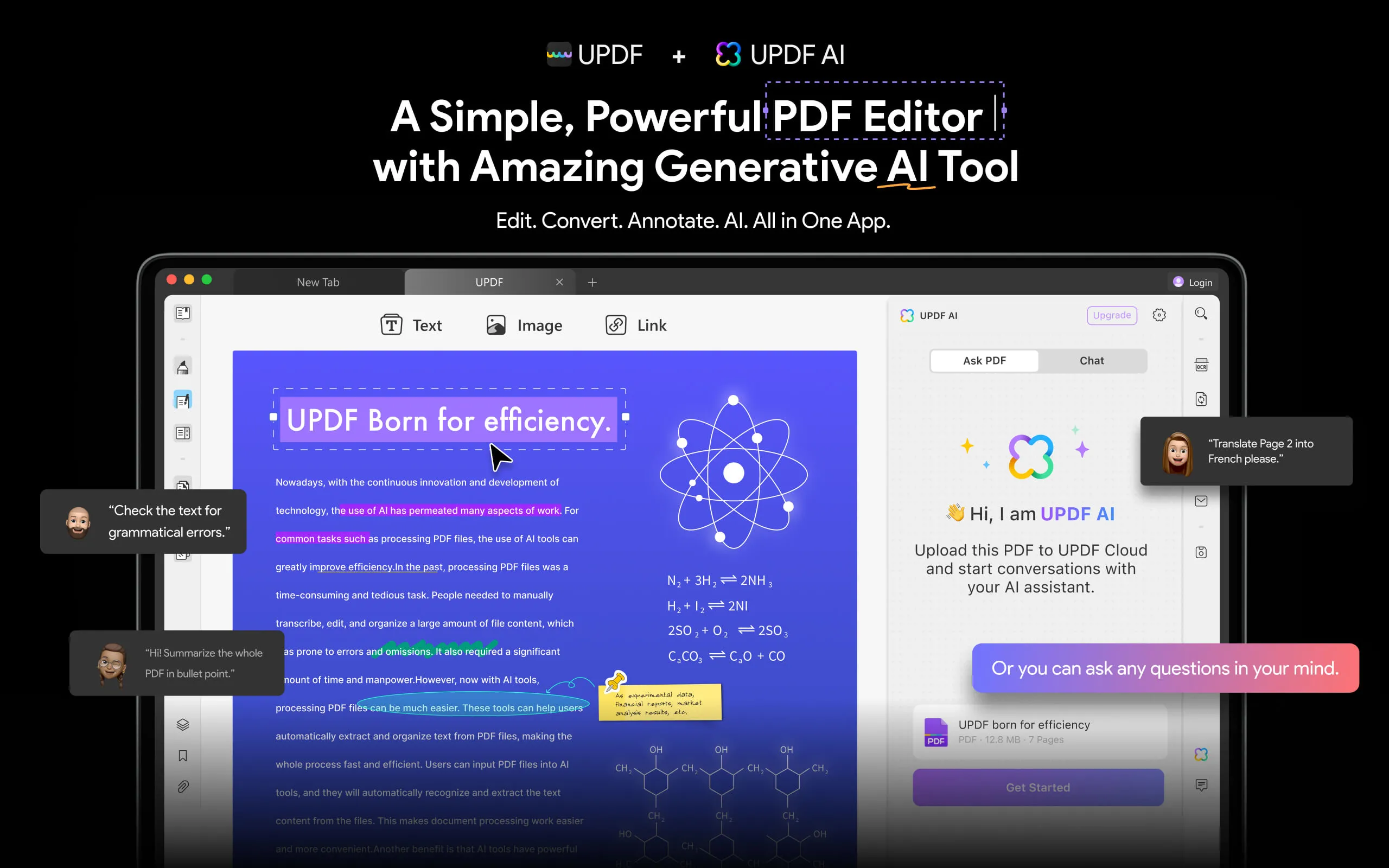
Conclusion
In conclusion, translating image content from German to English is a nuanced task that requires attention to detail, an understanding of cultural context, and the right tools. By addressing common pain points and employing strategic approaches, one can enhance the accuracy and effectiveness of translations. Among the plethora of tools available, UPDF stands out for its capability to efficiently extract and translate text from images, simplifying the process for both professionals and novices alike. Embracing such technologies can significantly streamline the translation process, ensuring that the final content is both authentic and accessible to English-speaking audiences. Download it now!
Windows • macOS • iOS • Android 100% secure
 UPDF
UPDF
 UPDF for Windows
UPDF for Windows UPDF for Mac
UPDF for Mac UPDF for iPhone/iPad
UPDF for iPhone/iPad UPDF for Android
UPDF for Android UPDF AI Online
UPDF AI Online UPDF Sign
UPDF Sign Read PDF
Read PDF Annotate PDF
Annotate PDF Edit PDF
Edit PDF Convert PDF
Convert PDF Create PDF
Create PDF Compress PDF
Compress PDF Organize PDF
Organize PDF Merge PDF
Merge PDF Split PDF
Split PDF Crop PDF
Crop PDF Delete PDF pages
Delete PDF pages Rotate PDF
Rotate PDF Sign PDF
Sign PDF PDF Form
PDF Form Compare PDFs
Compare PDFs Protect PDF
Protect PDF Print PDF
Print PDF Batch Process
Batch Process OCR
OCR UPDF Cloud
UPDF Cloud About UPDF AI
About UPDF AI UPDF AI Solutions
UPDF AI Solutions FAQ about UPDF AI
FAQ about UPDF AI Summarize PDF
Summarize PDF Translate PDF
Translate PDF Explain PDF
Explain PDF Chat with PDF
Chat with PDF Chat with image
Chat with image PDF to Mind Map
PDF to Mind Map Chat with AI
Chat with AI User Guide
User Guide Tech Spec
Tech Spec Updates
Updates FAQs
FAQs UPDF Tricks
UPDF Tricks Blog
Blog Newsroom
Newsroom UPDF Reviews
UPDF Reviews Download Center
Download Center Contact Us
Contact Us


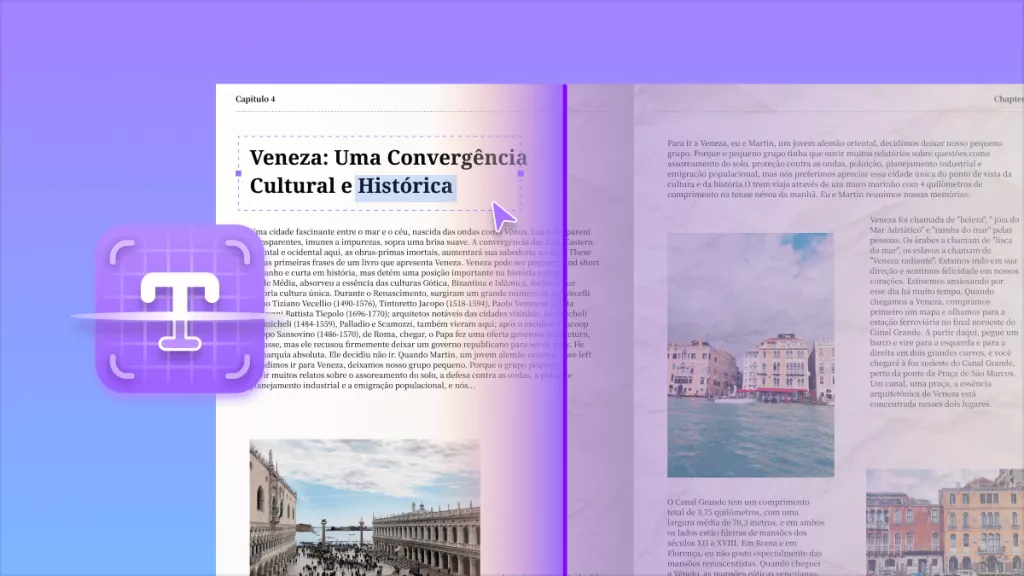
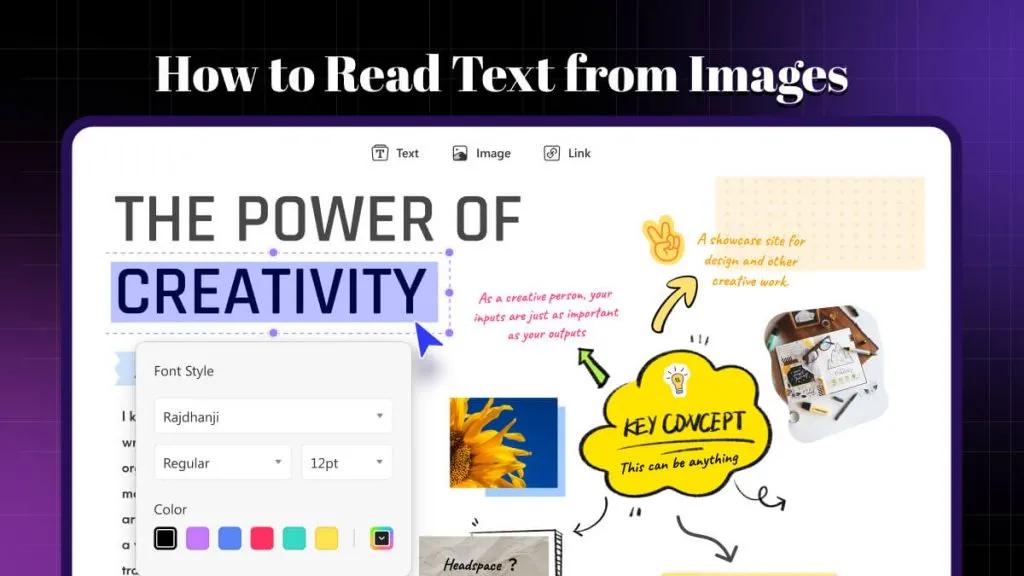

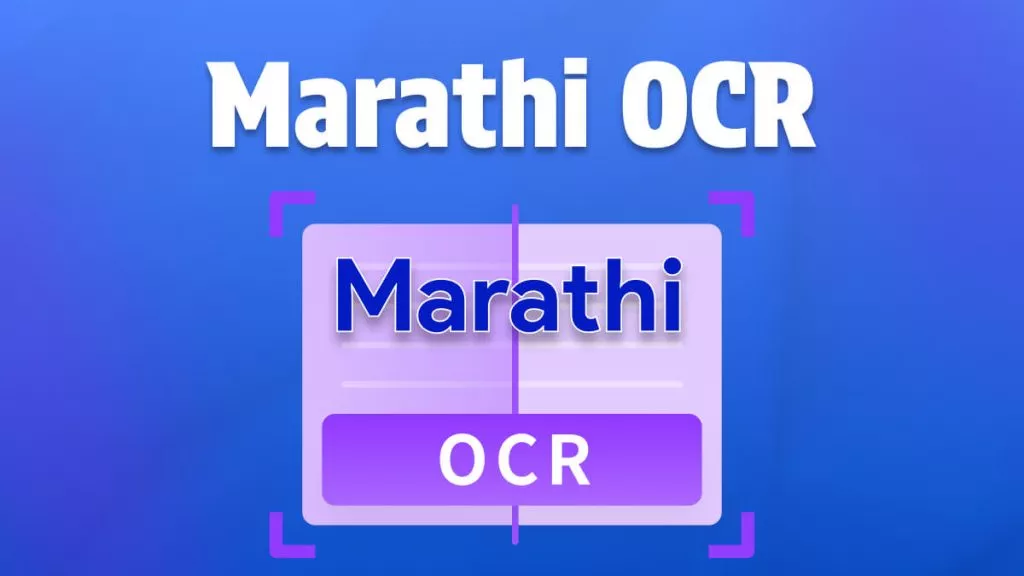

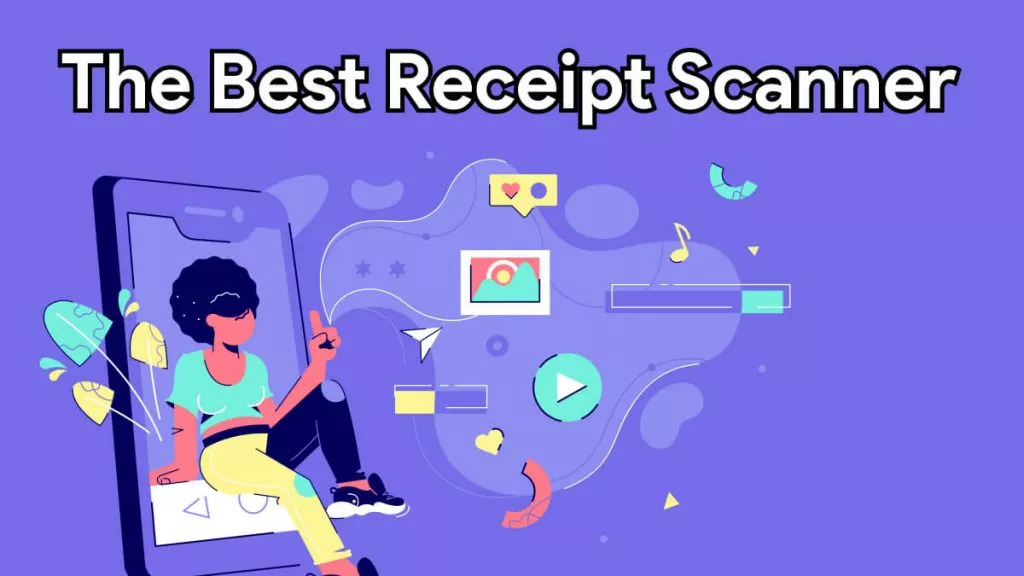
 Katherine Brown
Katherine Brown 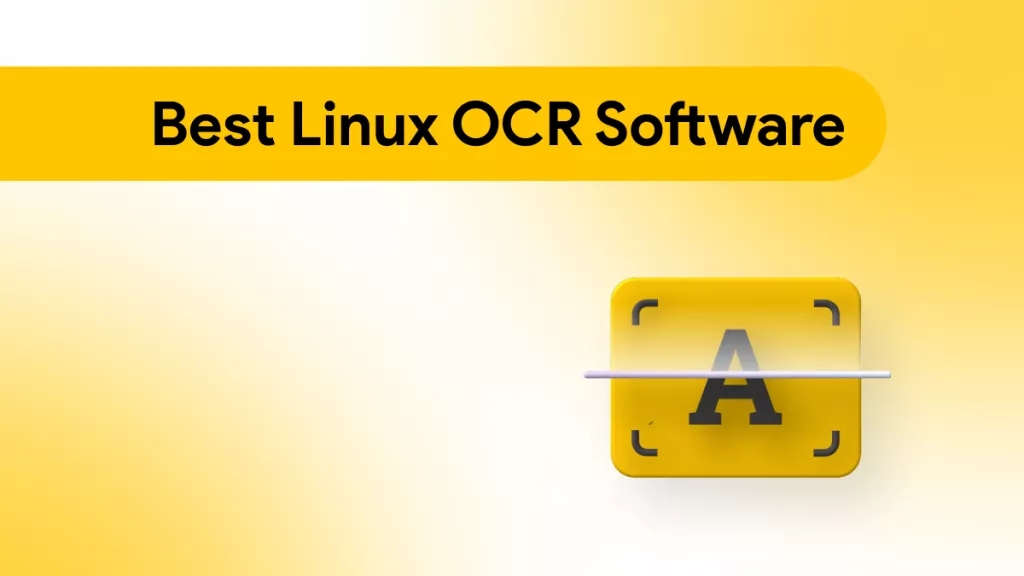

 Cathy Brown
Cathy Brown 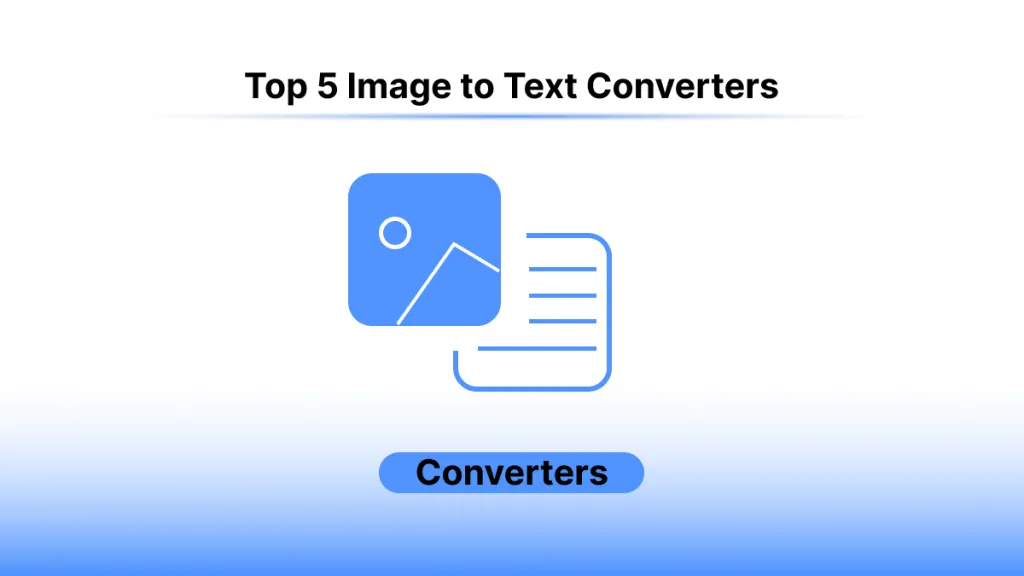
 Donnie Chavez
Donnie Chavez